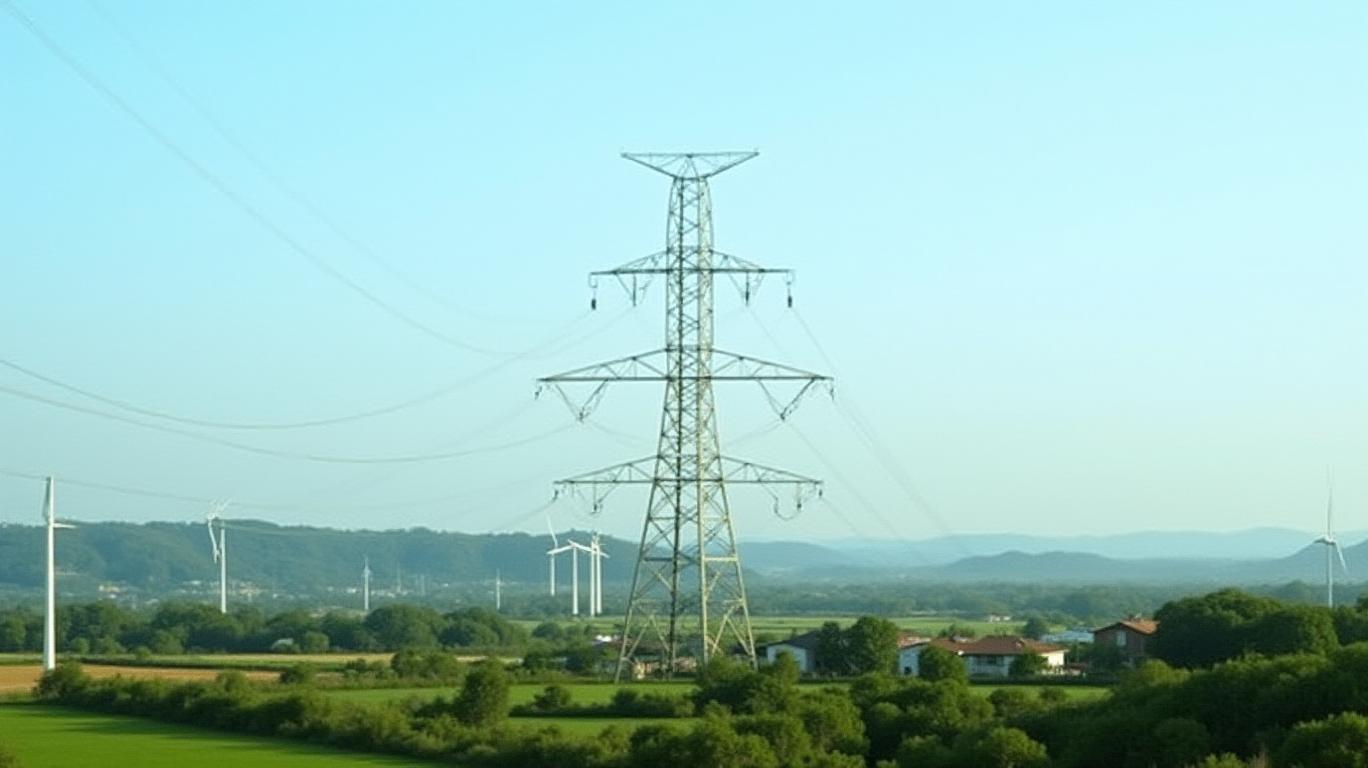SSE's Reduced Investment Plans: Navigating Macro and Regulatory Risks in Renewable Energy
The renewable energy sector is at a crossroads. SSE plc’s recent decision to recalibrate its investment priorities—scaling back uncommitted renewable projects while doubling down on regulated grid infrastructure—serves as a stark warning about the challenges looming over the industry. For investors, this shift is not merely a corporate pivot but a sector-wide signal to rethink exposure to green energy’s most volatile frontiers. Let’s dissect why SSE’s move matters, and how it reshapes the investment calculus for renewables.
The SSE Story: From Ambition to Pragmatism
SSE’s delayed projects—most notably at the Dogger Bank offshore wind farm—highlight the operational and regulatory hurdles plaguing renewable infrastructure. Technical setbacks like GE Vernova’s blade issues, coupled with Europe’s delayed 15-minute power trading settlement (now pushed to October 2025), underscore a systemic inability to modernize grids at the pace of renewable deployment.

While SSE’s equity returns remain above hurdle rates, its strategic pivot to regulated assets—such as its £22 billion grid investment plan through 2031—reflects a reality check: uncommitted renewable projects face existential risks from grid bottlenecks, regulatory inertia, and supply chain fragility.
Sector-Wide Risks: Grids, Delays, and the Cost of Inaction
SSE’s struggles are symptomatic of a broader crisis:
1. Grid Infrastructure Gaps: A 2024 report by Beyond Fossil Fuels reveals that 1,700GW of renewable projects across 16 European nations face grid connection delays, with €7.2 billion in renewable output curtailed in 2024 alone. Outdated grid planning frameworks, based on outdated governmental targets, are stifling progress.
2. Regulatory Stagnation: The SDAC settlement delay—opposed by France’s Epex Spot due to operational concerns—exposes the geopolitical friction undermining cross-border energy coordination. Such delays risk slowing the EU’s 2030 climate targets.
3. Trade Tensions and Supply Chains: While not explicitly stated, the GE Vernova blade issue hints at global supply chain fragility. As trade wars escalate, reliance on non-European manufacturers could further disrupt timelines.
These challenges are not temporary. They are structural, and they demand a strategic reallocation of capital.
The Case for Regulated Assets: Safety in Certainty
SSE’s shift toward regulated assets—transmission grids, water infrastructure, and utility networks—provides a roadmap for investors:
- Predictable Returns: Regulated assets like SSE’s £22B grid plan offer inflation-linked cash flows and guaranteed returns. For instance, UK water firms like Severn Trent and United Utilities are seeing allowed returns rise as regulators approve higher capital spending.
- Lower Execution Risk: Grid projects, once approved, face fewer delays compared to unpermitted renewables. SSE’s Eastern Green Link 2 project—connecting offshore wind to the grid—exemplifies this: it’s shovel-ready, with £4.3 billion allocated and construction underway.
- Policy Tailwinds: Governments are prioritizing grid modernization. The UK’s RIIO-T3 framework and the EU’s ASTI (Accelerated Strategic Transmission Investments) program are funneling capital into regulated infrastructure.
Investment Implications: Pragmatism Over Optimism
Investors must recalibrate portfolios to avoid overexposure to uncommitted renewables and instead focus on three pillars:
1. Regulated Infrastructure Champions: Companies like SSE, National Grid, and Vinci Energies—exposed to grid upgrades and water networks—offer stability. Their balance sheets (SSE’s 94% debt is fixed-rate at 4.0%) and dividend discipline (6% interim dividend hike) are defensive shields in volatile markets.
2. Grid-Adjacent Tech: Firms enabling grid modernization—such as Eaton (power distribution) or Siemens Energy (HVDC technology)—will benefit from the £7.2B curtailment problem being solved.
3. Avoid Near-Term Renewable Targets: Projects dependent on grid approvals (e.g., offshore wind farms in the North Sea) face delays. Investors should demand visibility into regulatory timelines and grid readiness before committing.
Final Call: Pivot to Regulated Assets Now
SSE’s reduced investment plans are not a retreat—they’re a strategic recalibration to align with the realities of renewable energy’s growing pains. For investors, this is a clarion call to prioritize firms with exposure to regulated assets, robust balance sheets, and projects already in the regulatory pipeline.
The risks are clear: grid bottlenecks, regulatory foot-dragging, and supply chain fragility will prolong underperformance in uncommitted renewables. The opportunities are equally clear: regulated infrastructure is the safest bridge to the clean energy future.
Act now. The next wave of energy returns is regulated—and it’s here to stay.

Comments
No comments yet